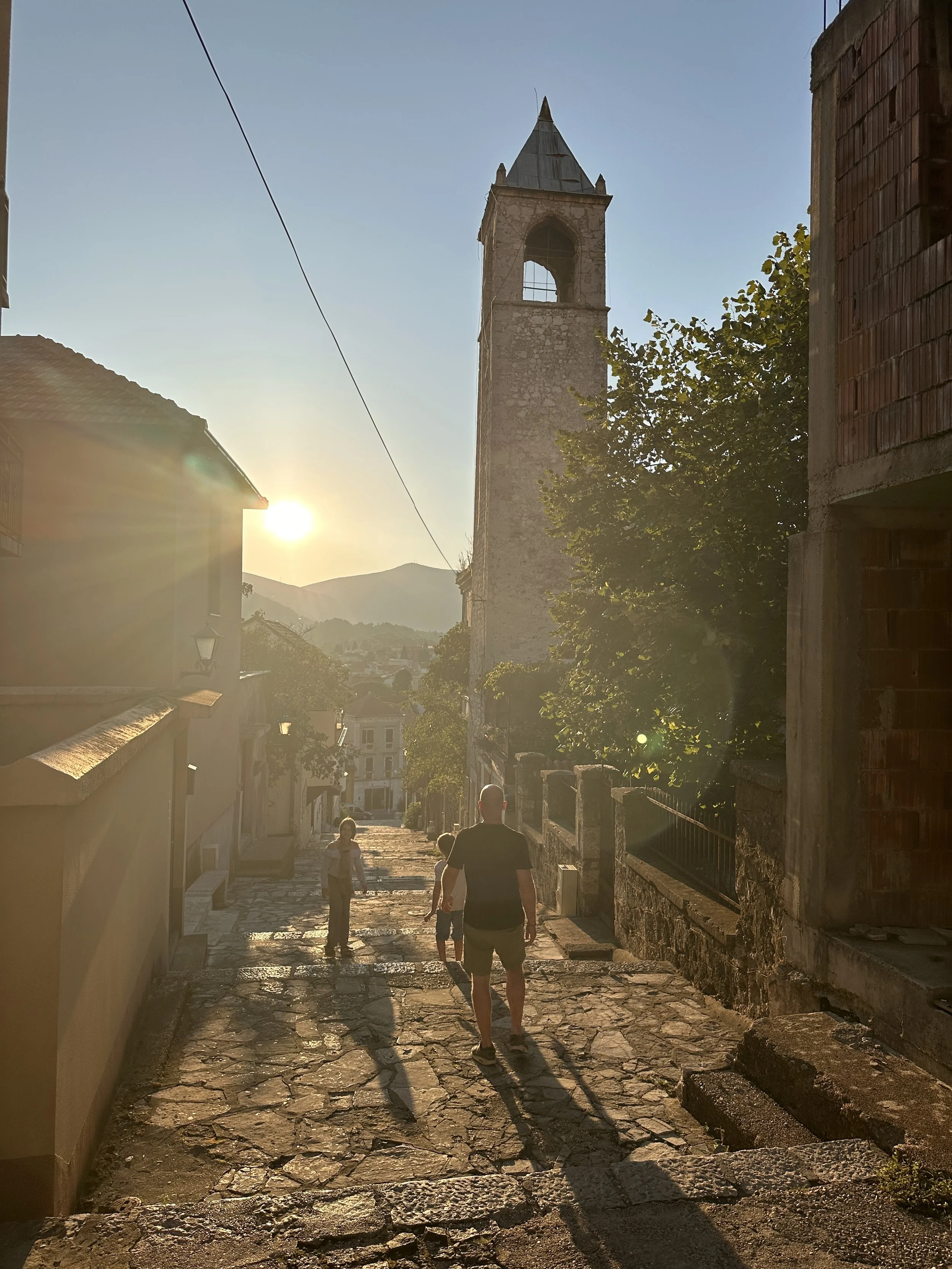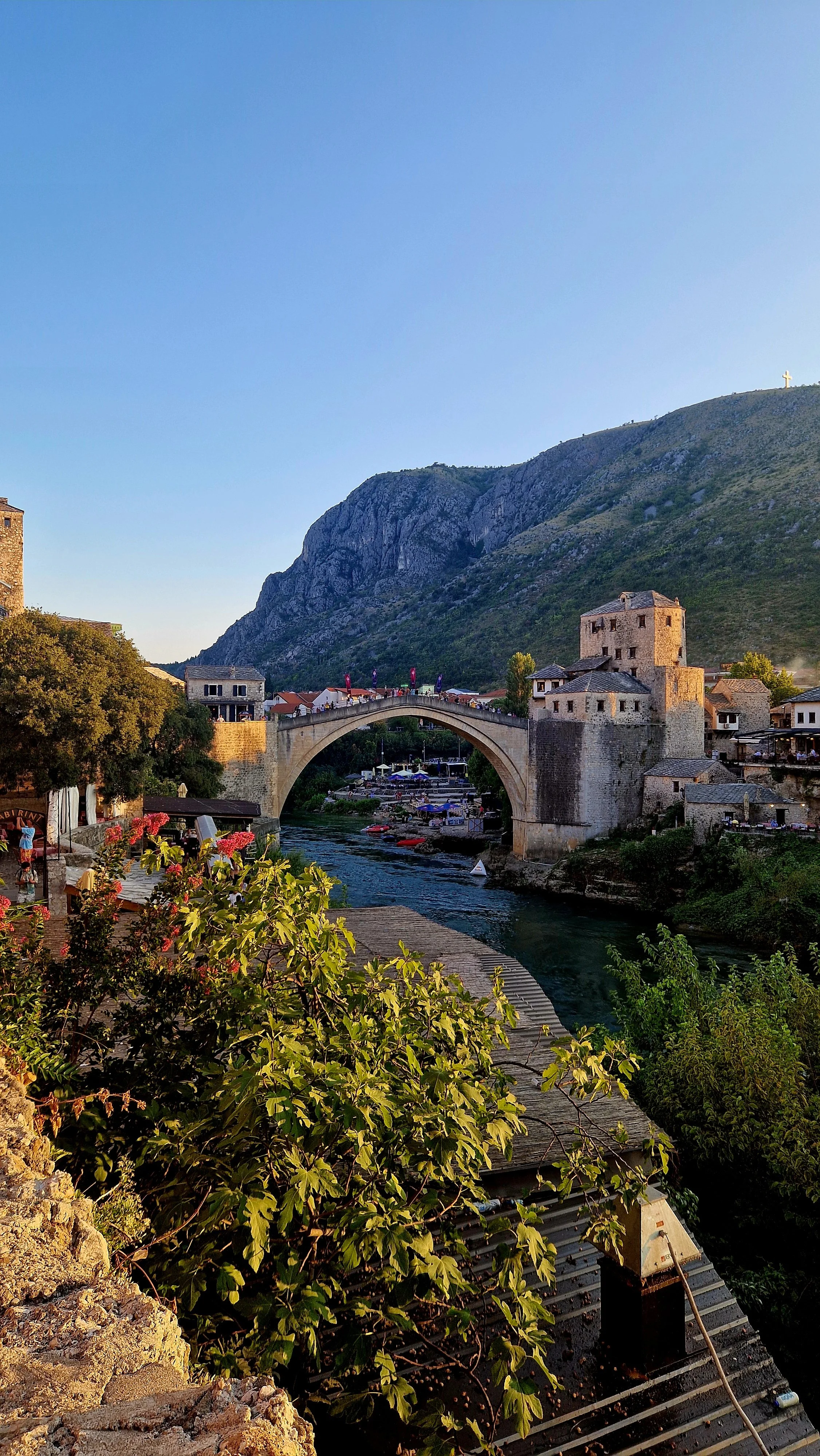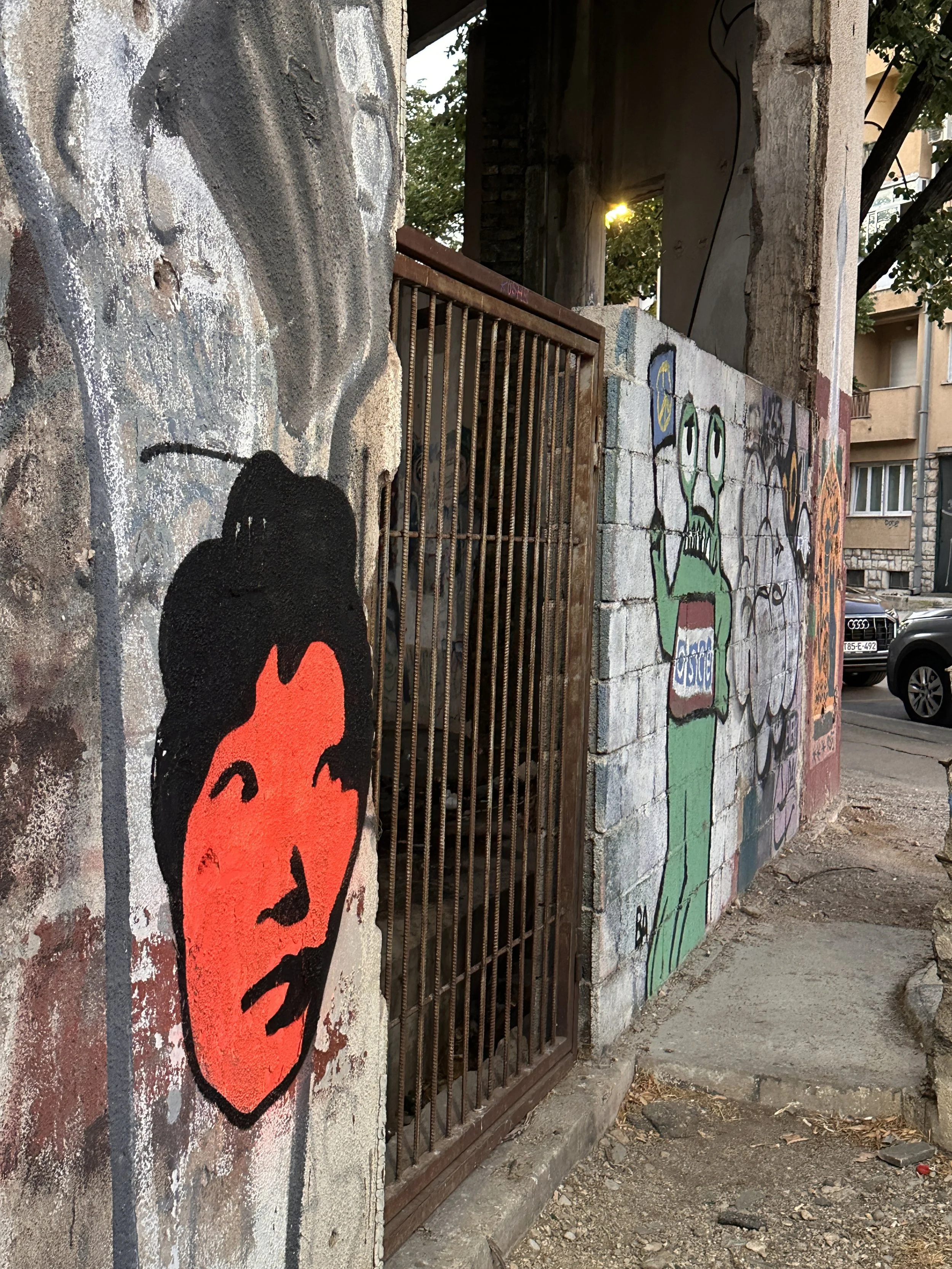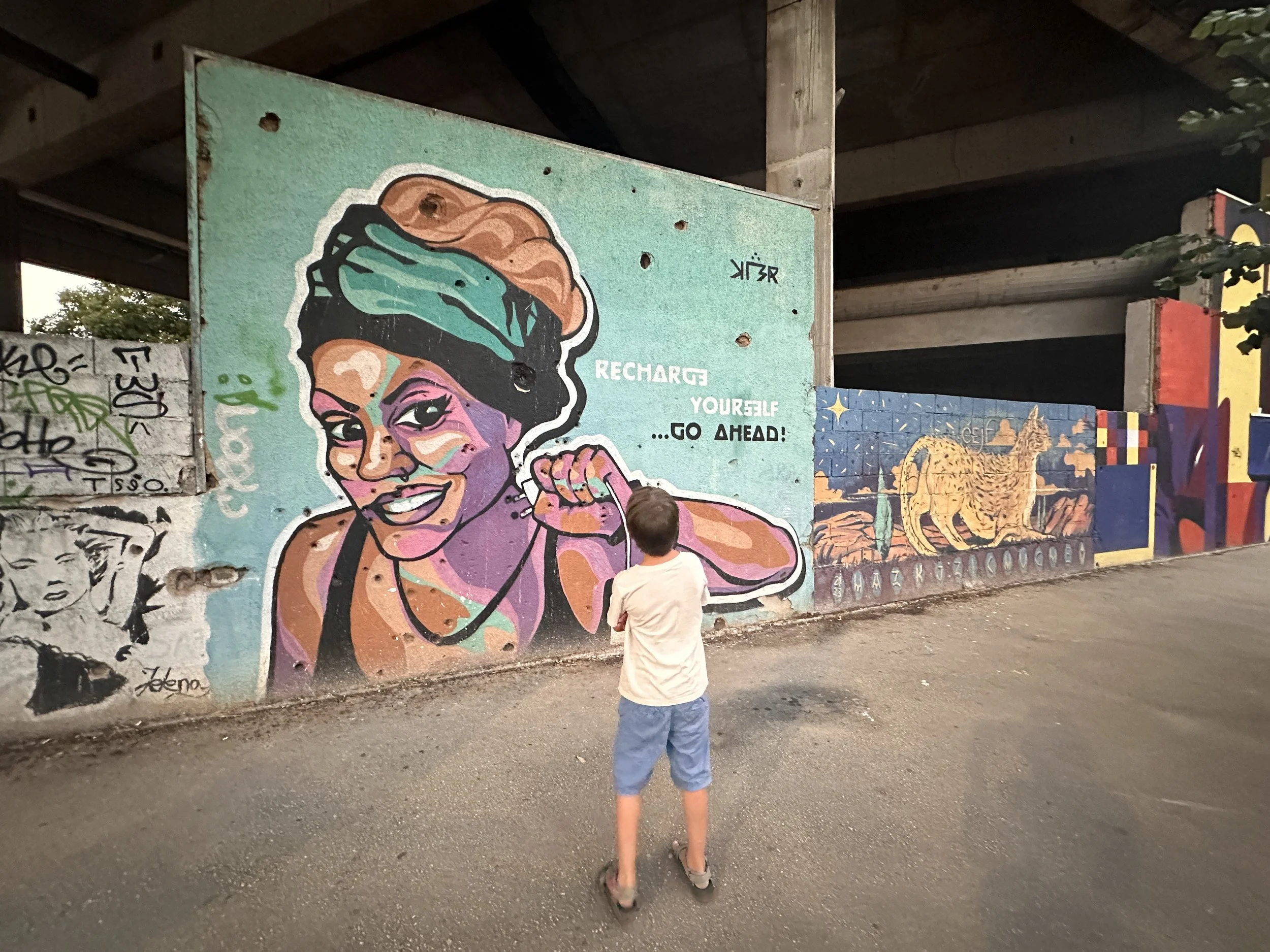
Blagaj & Mostar, Bosnia & Herzegovina
We crossed the border to Bosnia & Herzegovina, again! This time a little more southern and coming from a different direction, as we were on our way back to Germany for a short stopover, before flying out to Asia on October 7th. When we were staying in Kotor, we were told we should make a stop in Blagaj on our way to Mostar and so we did. Blagaj is a historic village and it is also the place where the spring of the Buna River is situated, the Vrelo Bune. It flows in western direction for about 9 kilometres until it joins the Neretva River, which makes a great photo motif. Blagaj also is the home of the Blagaj monastery, a monastery for the Dervish, which lies directly at the spring and was built around 1520 under the Ottoman Empire in a mediterranean style. We did walk around a bit and took a look at the monastery and also the spring, and continued our way to Mostar.
Mostar is known for its stone bridge, the “stari most” (“mostari” means “bridge keepers”) which was originally built in the 16th century, commissioned by “Suleiman the Magnificent”, spanning over the Neretva River and today, one of Bosnia and Herzegovina’s most visited landmarks. Mostar was severely destroyed during the Bosnian War and also the bridge was destroyed in 1993 during the fighting between Bosniaks and Croats. I had already written about the history of Bosnia and Herzegovina (here: https://www.xn--grandis-f1a.com/destinations/tara-national-park & here https://www.xn--grandis-f1a.com/destinations/sarajevo-bosnia-herzegovina) and similar as in Sarajevo, the city shows many visible scars from the violent conflict in the 90’s. The stari most had been rebuilt with international aid and was re-opened in 2004. The destruction of the bridge also had symbolic character, as the city was divided afterwards between West Mostar, which was predominantly controlled by the Croats, and East Mostar, which was controlled by the Bosniaks. East Mostar was under siege for almost a year. By the end of the war in 1995, Mostar was amongst the most destroyed cities in Bosnia and Herzegovina. Thousands of lives were lost and much of its multiethnic character was fractured. On our first evening, we did walk around and left the touristy old town for a non-touristy dinner (https://www.instagram.com/von.herzog/?hl=en ..we ended up here, full recommendation ;)) and saw many buildings with visible holes and other signs of the conflict that stood in the city like memorials. The most prominent of them is the “Sniper Tower”, which is now covered in graffiti, but the name already suggests the violent past of the building. After some food and a pint, we took a different route to get back to our apartment.
On our first evening, we decided to set an alarm early on our second and last day in Mostar to see the “stari most” without masses of other tourists. When we got there at 7 am, we enjoyed the walk through an almost empty old town and over an almost empty bridge. We knew the area would be crowded later that day, as the Red Bull Cliff Diving Event made a stop in Mostar. We made a stop at a supermarked and got ourselves some groceries, before walking back home and enjoying a proper breakfast. Around 1pm, we went back to town, found a decent spot along the Neretva River and watched how the fearless men and women jumped from around 25 meters height into the river. Quite a spectacle! (You can see some footage here:https://www.youtube.com/watch?v=Cru8IO9q5bI) We spent the entire afternoon at the river. While Sarah and I continued to watch the cliff divers, the kids actually went into the river. With outside temperatures of around 33 degrees, the cold river provided them with the necessary refreshment. In the late afternoon, after grabbing a quick bite to eat we ventured back home, played some games and called a night relatively early. The 6:30 alarm isn’t something we are used to, anymore ;)
Tomorrow, we will continue our journey to the Croatian Island Vir, where we will enjoy 4 more nights at the Adriatic Sea!
















